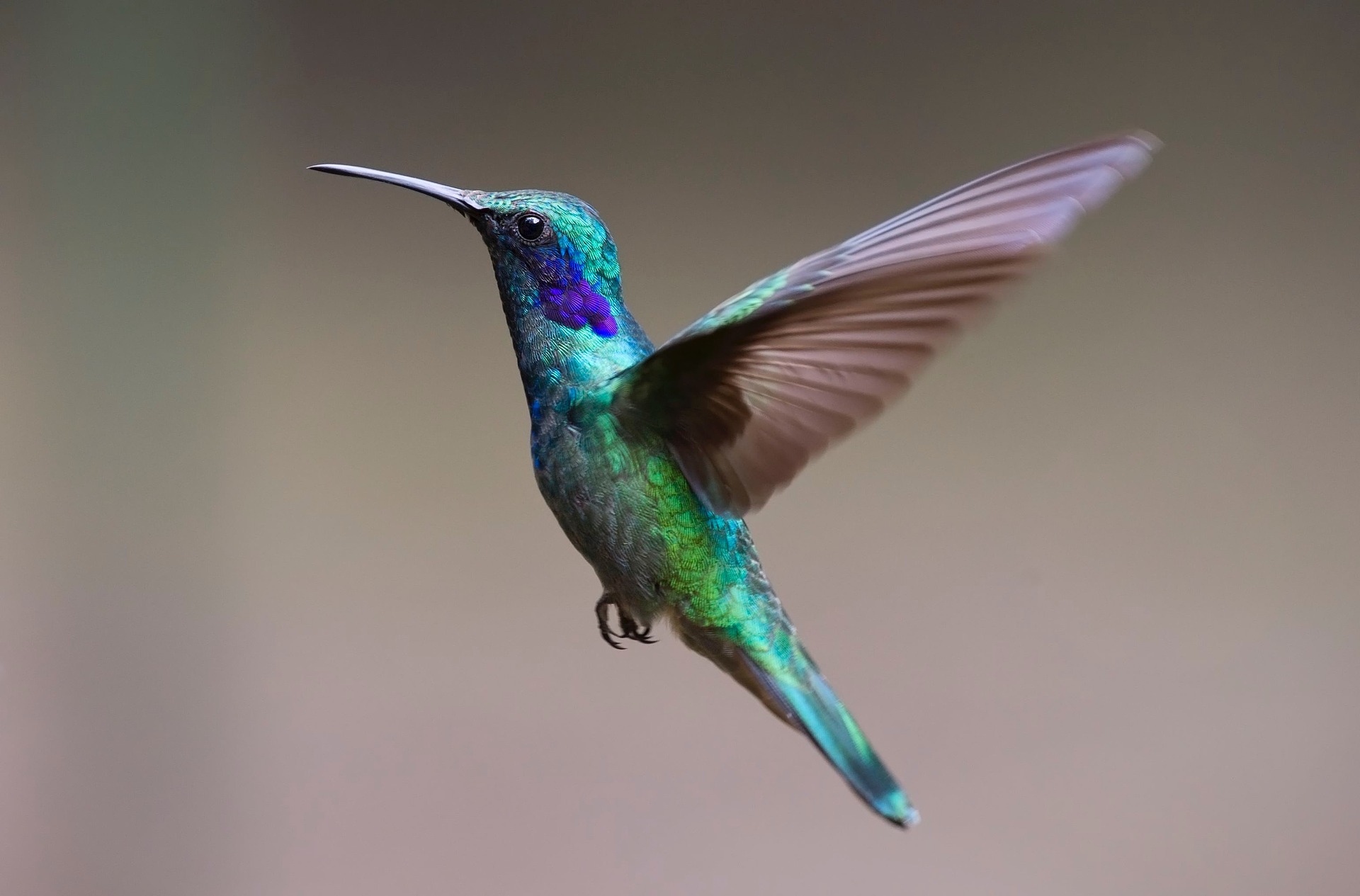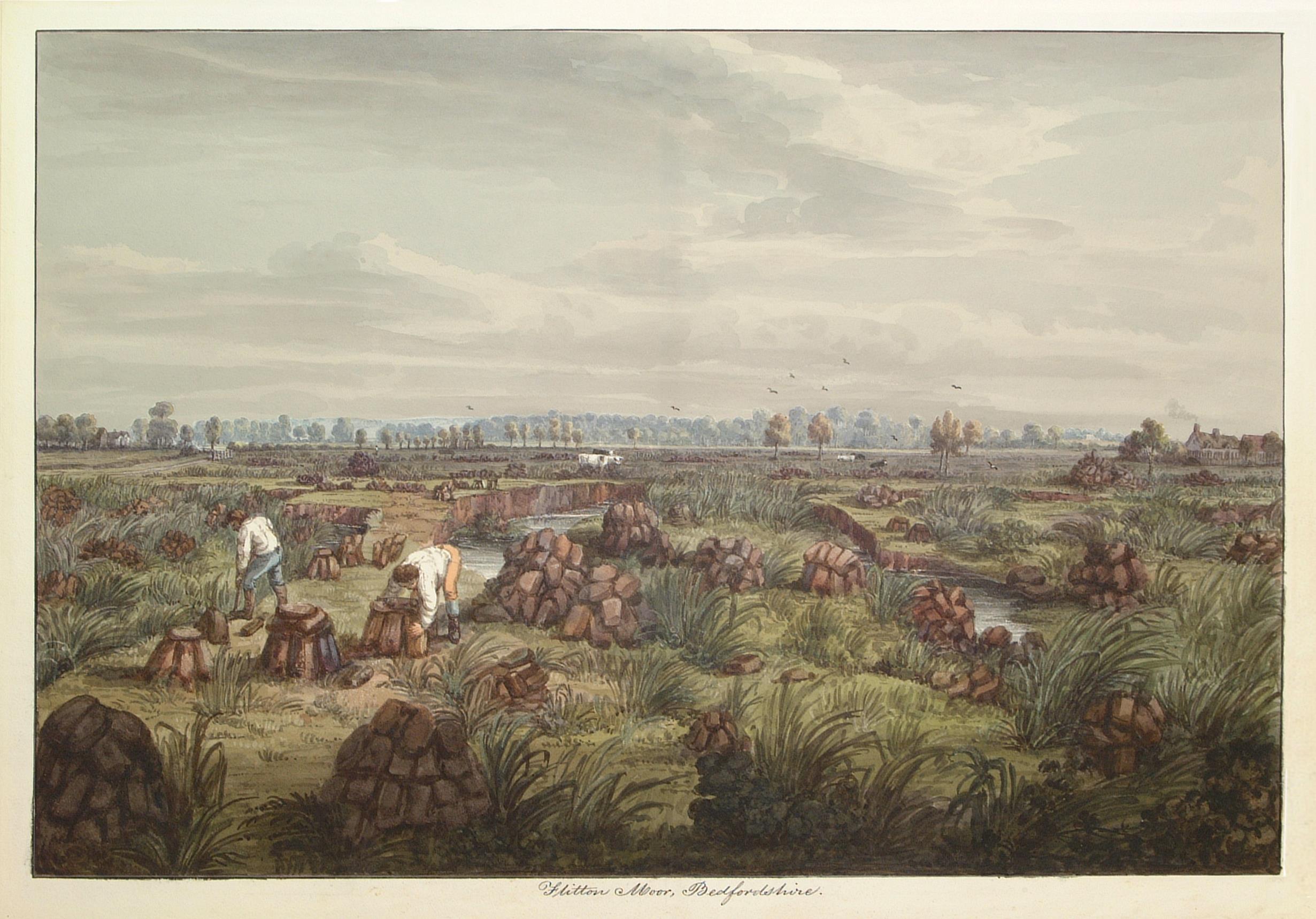A new perspective on strategy
19/01/2018

Sharing knowledge
Four times a year Cranfield’s Centre for Business Performance (CBP) invites members of its Round Table https://www.cranfield.ac.uk/som/research-clubs/the-business-performance-roundtable to meet for a discussion under Chatham House Rules. It’s an opportunity for managers and leaders of non-competing organisations to discuss performance related issues, learn from the experience of others and hear about the latest thinking on the subject. They can talk about what’s really on their minds knowing it won’t go outside the room.
Strategy…a new way of thinking
A couple of weeks ago we discussed business strategy. What more is there to say about this topic you may ask. In this fast-moving world isn’t strategy something of the past? Think again. Patrick Hoverstadt and Lucy Loh from Fractal Consulting kicked off the discussion with a presentation looking at strategy from a very different angle. Let’s start with a depressing statistic that many people will suspect anyway. Most strategy ends in a failure. Some surveys show that about 90% of strategic plans are not implemented. Just think about the wasted time and effort that has been put into plans that haven’t been followed. Why does it happen?
Hummingbirds and flowers
Traditionally we look at strategy as primarily a linear process. We devise a strategy and adapt our organisation to be able to deliver it. Patrick and Lucy showed a different approach. They gave the example of the humming bird, which has evolved to be ideally suited to drawing nectar from flowers with its long narrow beak. But it’s not only the humming bird that has evolved, flowers have adapted to enable the hummingbird to draw nectar and also pollen which they then transfer to other plants. So, humming birds and plants have developed over time to the advantage of both.
Organisations and strategy…
This idea can be transposed into the arena of organisations and strategy. Every organisation operates in an environment in which it is affected by other entities, even if not consciously. Each organisation is taken along a trajectory by the relationships they have. Each coupling exerts a different pressure on the organisation and this will affect strategy. So, the starting point is to have an honest discussion about all key external entities affecting the organisation, looking at the nature of the relationship, where that relationship is likely to take you and whether this is somewhere you want to go. This approach reveals a number of patterns for competition and collaboration, where each pattern is a sequence of manoeuvres which combine to make a strategy.
Once you have built a picture, you will have a better idea of how to position your organisation and how much and how fast you need to adapt to maintain a fit with the environment.
Want to know more?
For more information about Patrick and Lucy’s work take a look at their book Patterns of Strategy at http://www.patternsofstrategy.com/
If you would like to know more about Cranfield’s round tables and join for a trial session contact: m.bourne@cranfield.ac.uk
Categories & Tags:
Leave a comment on this post:
You might also like…
My Apprenticeship Journey – Broadening Horizons
Laura, Senior Systems Engineer at a leading aircraft manufacturing company, joined Cranfield on the Systems Engineering Master’s Apprenticeship after initially considering taking a year off from her role to complete an MSc. Apprenticeship over MSc? ...
The Library app is back!
The Library app is back! It's exactly the same as before (although it will get a fresh look in a few months) and if you hadn't removed it from an existing device it should just ...
PhD researcher at the IF Oxford Science and Ideas Festival
IF Oxford is a science and ideas Festival packed with inspiring, entertaining and immersive events for people all ages. PhD researcher, Zahra attended the festival. Here she shares what motivated her to get involved. ...
What leadership skills are required to meet the demands of digitalisation?
Digital ecosystems are shifting the dynamics of the world as we know it. With digitalisation being a norm in the software industry, there is currently a rapid rise in its translation ...
My PhD experience within the Centre for Air Transport at Cranfield University
Mengyuan began her PhD in the Centre for Air Transport in October 2022. She recently shared what she is working on and how she has found studying at Cranfield University so ...
In the tyre tracks of the Edwardian geologists
In April 1905 a group of amateur geologists loaded their cumbersome bicycles on to a north-bound train at a London rail station and set off for Bedfordshire on a field excursion. In March 2024 a ...






